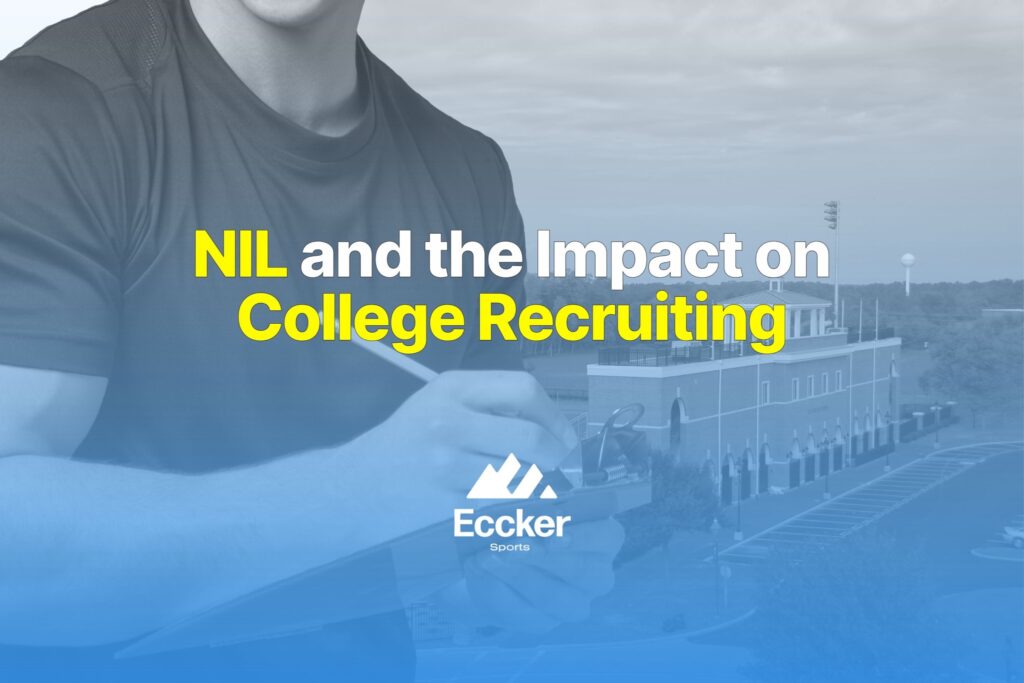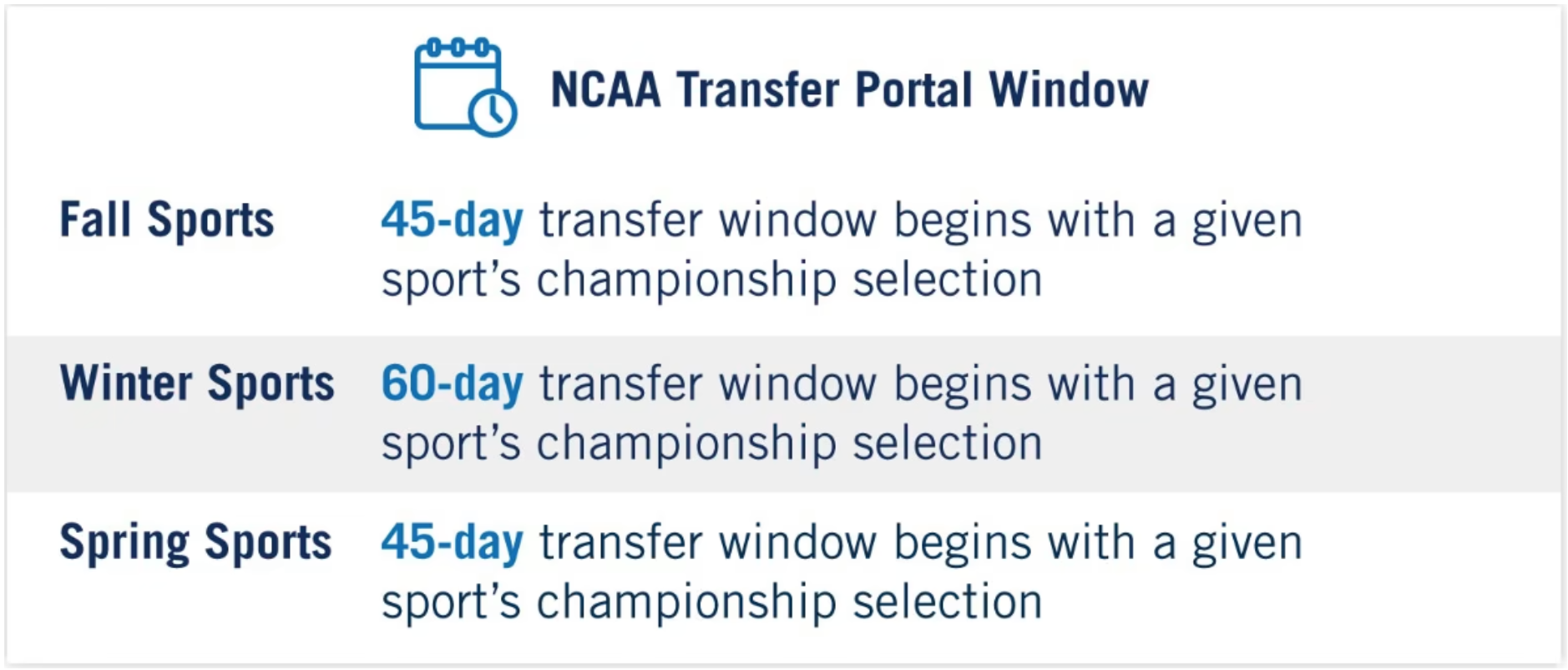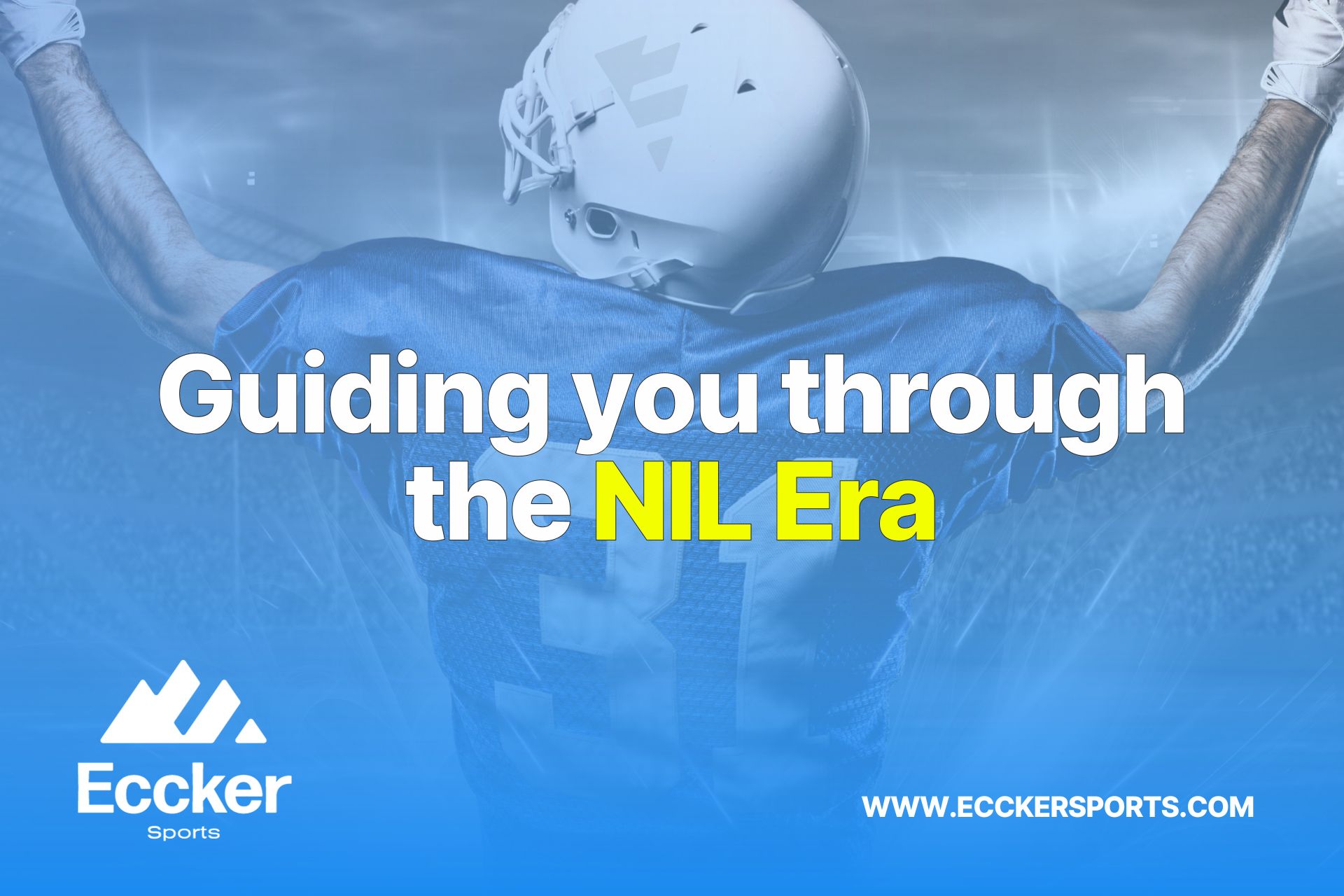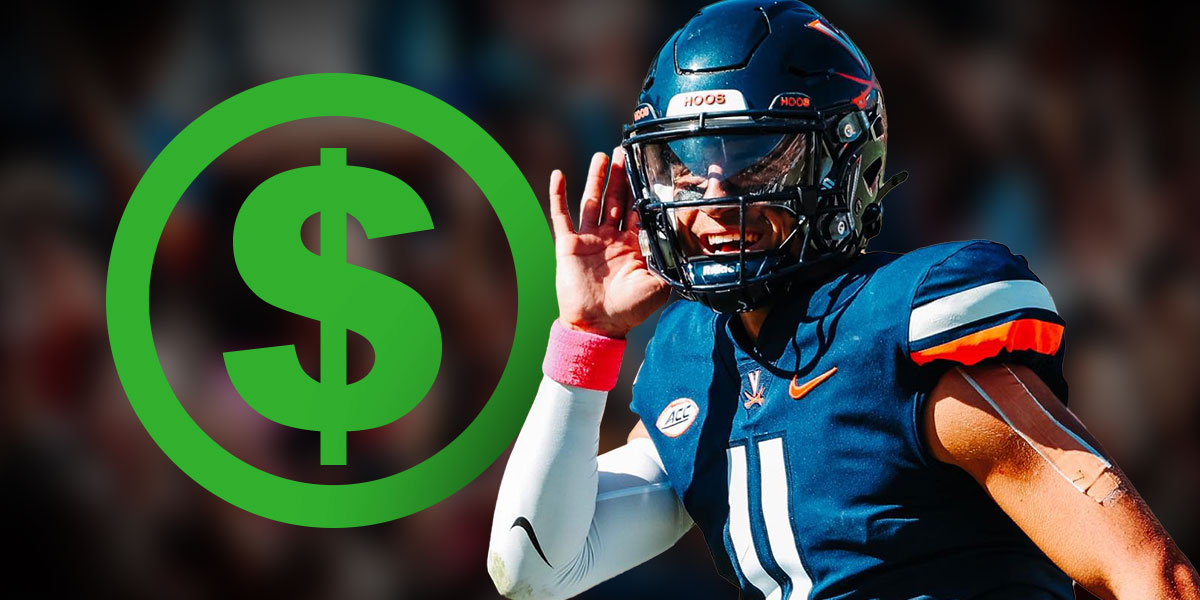NIL and the Impact on College Recruiting

Since the landmark Supreme Court decision that ushered in a new era in collegiate and high school athletics, Name, Image, and Likeness (NIL) has dominated headlines.
While it’s true that NIL altered the landscape and changed the game of college recruiting, it doesn’t tell the whole story.
“The disruption in college football, particularly, is not all NIL-specific,” said Bryan Bedford, CEO of the Bedford Agency and Recruit Route.
“During the pandemic, there was no outbound recruiting. Then, there was a major update to the Transfer Portal and the addition of the one-time transfer exception. NIL came in on top of that.
“It became the most transformative period in college athletics not only because of NIL but because all three things happened around the same time.”
The result significantly impacted college recruiting, and it started with limited outbound recruitment.
Before the pandemic, coaches would meet with families and recruits in their homes, building a comprehensive picture of the athlete on and off the field. High school coaches also benefited from those recruitment visits, receiving valuable information from college coaches.
Both parties felt the effect of COVID-19 restrictions. For nearly two years, athletes could not properly visit the campuses of schools they were interested in playing for, and face-to-face interactions with coaches or staff were severely limited. Athletes lost opportunities for increased exposure, and recruiters missed out on the critical eye test, limiting the ability to understand all aspects of a player fully.
The pandemic alone would have been disruptive enough but then came a significant rule change to the NCAA Transfer Portal.
Since 2018, the Transfer Portal has been an integral part of the recruitment process, impacting collegiate and current high school athletes hoping to compete at the next level. Many have likened it to free agency in professional sports, and competition is no longer relegated to peer athletes of the same graduation year but current college athletes as well.
It became a major talking point again in September 2022 due to an official rule change that allowed all student-athletes who were transferring for the first time – and who were in good academic standing from their current school – to have immediate transfer eligibility.
Prior to that revision, student-athletes who transferred were required to sit out a full season before they had an opportunity to compete with the new program. With the rule change, they have more freedom to find their best fit without missing out on a year of competition.
In August 2022, another revision was made. A D1 athlete can enter the NCAA Transfer Portal only during specified time windows. They are as follows:

“There is also no limit to how many official visits a student-athlete can make,” said Bedford. “So schools are bringing in more athletes on official visits because they know they’ll likely enter the transfer portal down the line. They’re recruiting a lot more kids.
“They changed restrictions to how you can overhaul your class (look at schools like Colorado or Texas State), and the portal and player management has basically been dysregulated,” he continued.
“Many coaches are budgeting 25% coming in and out of the roster on the portal. It used to be mostly high school kids, but now personnel departments look like the pro model – it’s transfers and high school kids. And that’s what the numbers are telling us, too.”
When the college football transfer portal’s 2022-23 cycle ended, stats showed athletes again used the portal at record highs.
Between August 1, 2022, and May 1, 2023, 8,699 NCAA football players entered the portal, per ESPN. It was a 5.5% increase over last year’s then-record number (8,242) and more than double that of the inaugural 2018-19 cycle (4,076).
As Bedford alluded, no team used the portal quite like Colorado, which had a record 71 players enter during this past cycle alone, 61 of which entered the portal after Sanders’ introduction as head coach in December 2022.
Interestingly, the transfer portal and NIL have crossover, too, and not always for the top recruits or student-athletes who dominate the headlines.
“As we know, NIL doesn’t impact just the highest-performing kids,” Bedford explained. “Now that we have legalized collectives, you might have a good athlete, maybe not a top recruit, but a talented athlete, and he goes to play at the University of North Texas (UNT).
“But maybe you tell that kid to walk on at the University of Texas, and you’ll pay him $30,000 to make up the difference in scholarships or other benefits he would have gotten. Then, maybe three years later, he uses the one-time transfer exception to go back to UNT. That’s how NIL and the portal can really impact programs and recruiting.”
It is worth noting that not all athletes who enter the portal are picked up. About 40% go into the portal and stay there, never playing for another team. It’s not a hard and fast rule, but if a student-athlete enters, they should assume they’re off their current team. It’s a definite risk.
Bedford, himself a former college football coach in Texas, said he would recommend high school coaches consider these four tips:
– Understand the implications of the NCAA Transfer Portal and windows. Athletes now playing at the collegiate level will likely look to their former high school coaches for advice or influence, so understanding the ins and outs of the portal is essential.
– Follow federal legislation and monitor bills being put forth. The media isn’t always the most reliable source, but reading and tracking current legislation will keep coaches and staff informed on proposed changes. The Eccker Sports Resource Hub can be referenced for the latest news and details, including real-time NIL updates and state-specific information. Find it at EcckerSports.com/resource-hub.
– Seek counsel from an attorney or professional to protect player eligibility. Whether it’s a high school kid with NIL potential or a high-profile recruit, due diligence is critical. As with all things, there are people looking to help and people looking to benefit. If you see something, say something.
– Start planning for disclosure. It’s possible the federal government might ask for disclosure in the future as a best practice. Start planning how to protect the school, team, and players, and begin outlining an NIL disclosure strategy.
On the heels of the transfer portal and NIL, coaches can now build and develop rosters in a different way. Much has changed. Much will continue to. That’s why it’s critical for high school and college coaches to stay informed and educated.

NIL became the predominant topic of discussion in high school and collegiate athletics. However, the impact of limited outbound recruiting and amendments to the NCAA Transfer Portal contributed to the disruption, too. Education remains critical to successfully navigating the most transformative period in athletics history.
As more high school leaders nationwide consider allowing student-athletes to profit off their NIL, the ever-changing environment can be tough to navigate. Eccker Sports Group provides tools high school coaches, administrators, student-athletes, and their families can use to help them track the status of NIL in their state and understand the impact it will have on their students now and in the future. Visit EcckerSports.com to learn more.


